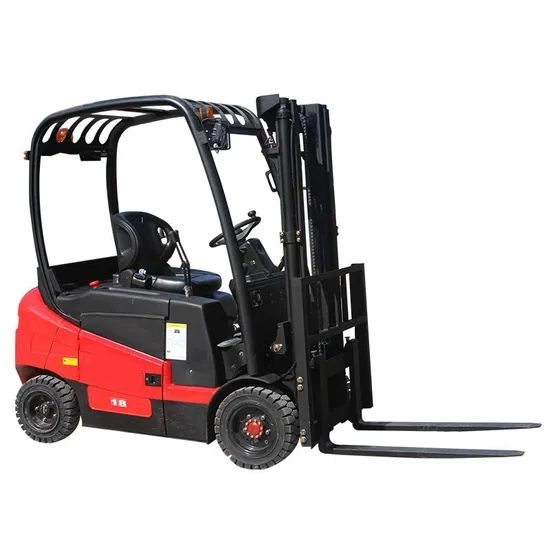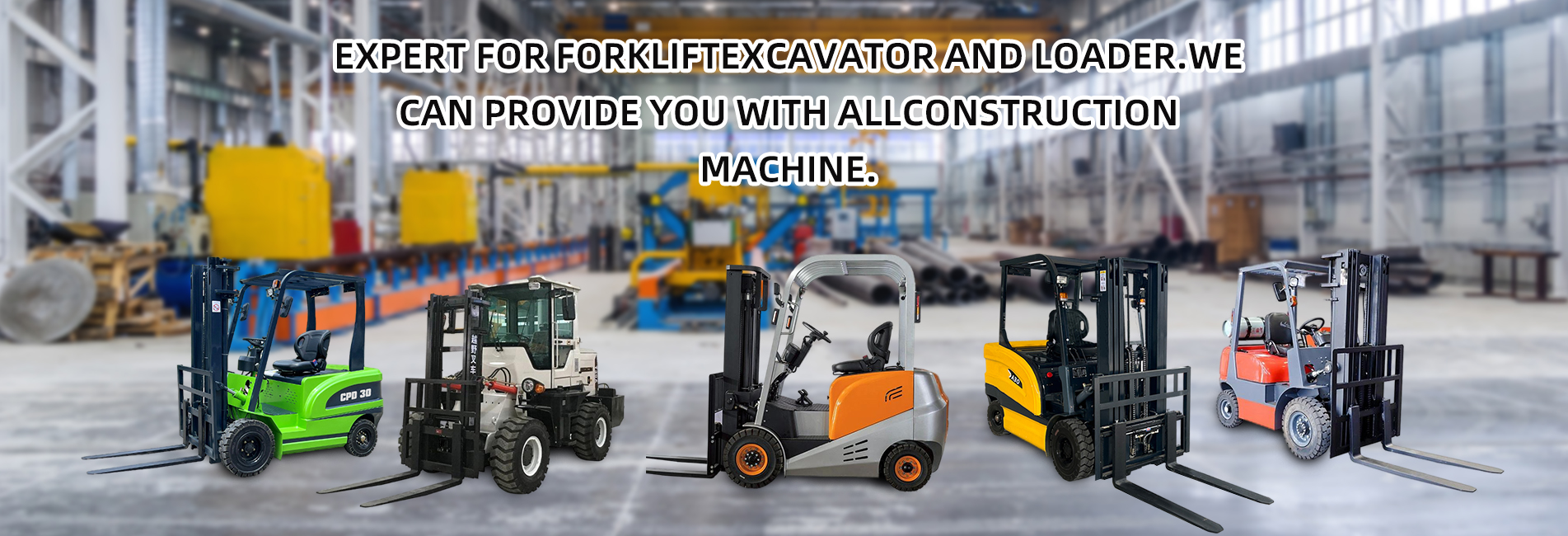Ensuring Operational Safety of Lithium-Ion Battery-Powered Electric Forklifts
The core of ensuring the operational safety of lithium-ion battery-powered electric forklifts lies in covering three full-process stages: battery source protection, daily standardized operation, and emergency risk handling. Specific and actionable measures must be implemented for each stage.

I. Source Control: Verify the Battery’s Own Safety Protection (Mandatory Check During Model Selection/Receipt)
The factory-installed safety design of the battery is the foundation. Before use, it is necessary to confirm that the battery is equipped with a comprehensive protection mechanism to mitigate risks at the source.- Check Structural Protection: Confirm that the battery pack casing is made of flame-retardant and impact-resistant materials (e.g., high-strength aluminum alloy + flame-retardant plastic). For forklifts used in high-frequency operations, additional confirmation is required to check if they are equipped with an independent explosion-proof chamber.
- Verify Temperature Control Function: Refer to the forklift manual or conduct on-site tests to confirm that the battery has a built-in temperature sensor and heat dissipation/heating system, which can automatically activate adjustment when the temperature exceeds 50°C or drops below -10°C.
- Confirm Electrical Safety Protection: Verify that the battery is equipped with "four-fold protection" (against overcharging, over-discharging, overcurrent, and short circuits) as well as an insulation monitoring function to prevent electric leakage or circuit failures.
II. Process Management: Strictly Adhere to Daily Usage and Operation Specifications
Compliance in daily operations is key to safety, with a focus on three core scenarios: charging, driving, and maintenance.1. Charging Stage: Eliminate "Incorrect Charging" and "Unregulated Charging"
- Only use the dedicated lithium-ion battery charger provided by the original manufacturer. Mixing with lead-acid battery chargers or non-original equipment is strictly prohibited.
- The charging environment must be well-ventilated, free of open flames, and maintained at a temperature between 0°C and 40°C. Keep the battery away from flammable and explosive materials (e.g., cartons, paint), and prohibit long-term charging in enclosed spaces.
- Before charging, clean dust and oxide layers from the battery and charger interfaces. Do not plug or unplug the interfaces during charging to avoid spark generation.
2. Driving Operation: Avoid "Overloading" and "Hard Collisions"
- Do not exceed the forklift’s rated load capacity. Sudden acceleration and sudden braking are prohibited to prevent the battery from enduring instantaneous high-current impacts.
- During driving, avoid severe jolts and collisions with hard objects—pay special attention to protecting the battery pack. At the same time, stay away from waterlogged roads to prevent water from entering the battery pack and causing a short circuit.
3. Maintenance Stage: Implement "Regular Inspections" and "No Unauthorized Modifications"
- Inspect the appearance of the battery pack at least once a week. If bulging, deformation, or leakage is found, stop using the battery immediately and contact the manufacturer for maintenance. Unauthorized disassembly is strictly prohibited.
- Clean the battery and charger interfaces with a dry cloth every month. Cleaning with water or organic solvents is prohibited. Do not modify the battery circuit or replace battery cells without authorization, as this may damage the protection mechanism.
III. Risk Handling: Master Emergency Response Procedures
If abnormalities such as battery smoking, fire, or leakage occur, handle the situation promptly in accordance with the principle of "first control risks, then report".- Fire Handling: Immediately stop the forklift operation and disconnect the charger (if charging is in progress). Extinguish the fire using a dry powder fire extinguisher or carbon dioxide fire extinguisher (water is strictly prohibited). If the fire is out of control, evacuate the scene immediately and call Fire emergency , clearly stating that it is a "lithium-ion battery fire".
- Leakage Handling: Wear acid- and alkali-resistant gloves and goggles, and absorb the leaked liquid with dry sand. Direct skin contact is prohibited. After handling, contact the manufacturer to recycle the faulty battery; random disposal is not allowed.
- Alarm Handling: If the forklift dashboard displays alarms such as "battery overheating" or "battery malfunction", immediately move the forklift to an open, well-ventilated area, cut off the power supply, and allow it to cool down for 30 minutes. If the alarm persists, contact maintenance personnel; forced continued use is prohibited.



